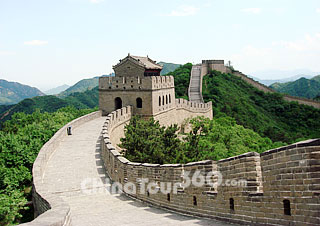 China Great Wall
China Great Wall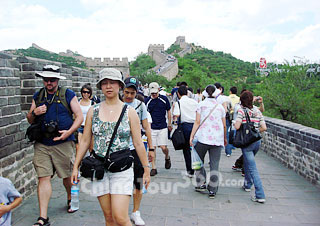 Beijing Badaling Tour
Beijing Badaling Tour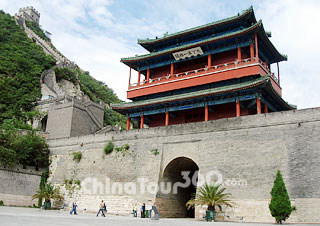 Juyongguan Pass, Beijing
Juyongguan Pass, Beijing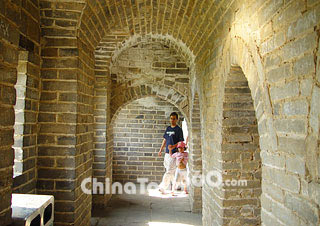 Beijing Simatai
Beijing Simatai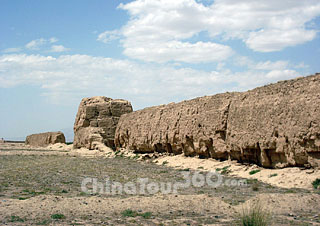 Gansu Shandan Great Wall
Gansu Shandan Great Wall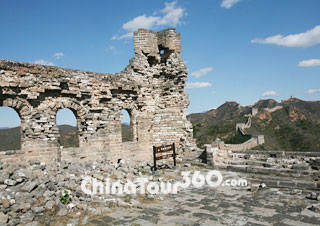 Simatai
Simatai
One of the greatest world cultural heritages, China Great Wall is a pearl of the industrious and ingenious Chinese ancestors' wisdom, lives, blood, sweat and tears. It had ever played an important role in protecting the northern border of the country from being invaded by the northern nomadic tribes for around 2,000 years. However, some of the sections are now in ruins or have disappeared, only some of those built in the Ming Dynasty have been restored, renovated and opened for tourism. Among them, Badaling is the most developed, receiveing a great number of visitors from home and abroad yearly.
![]() Facts
Facts
Chinese Name: 长城 (cháng chéng)
Alternative Name: 万里长城 (wàn li cháng chéng)
Meaning in English: Long Wall
Length: 8,851.8 km (5,500 miles)
Construction Period: From the Warring States Period (476 - 221 BC) to Ming Dynasty (1368 - 1644)
![]() Q & A:
Q & A:
Questions and answers about Great Wall tours, culture, history, weather, transportation, tickets, and accommodation.
![]() Recommended Great Wall Tours:
Recommended Great Wall Tours:
4-Day Beijing Travel: to the most popular attractions in Beijing
Essence of Beijing Tour: 5-Day to visit Badaling and more highlight attractions
Essence of China Tour: 8-Day of Small Group Tour of Beijing - Xian - Shanghai
Best China Resorts: 10-Day of Beijing - Xian - Guilin - Yangshuo - Guilin - Shanghai
![]() Sections:
Sections:
The greatest ancient military defensive project in the world, the Wall stretches for about 8,851.8 km (5,500 miles) across the northern border of the country, from the Jiayuguan Pass of Gansu Province in the west, via Gansu, Ningxia, Shaanxi, Shanxi, Inner Mongolia, Beijing, Tianjin, Hebei and Liaoning provinces and cities, to the Hushan Mountain in Liaoning Province in the east.
 Badaling
Badaling Gubeikou
Gubeikou Huanghuacheng
Huanghuacheng Huangyaguan
Huangyaguan Jiankou
Jiankou Jiayuguan
Jiayuguan Jinshanling
Jinshanling Juyongguan
Juyongguan Mutianyu
Mutianyu Niangziguan
Niangziguan Shanhaiguan
Shanhaiguan Shuiguan
Shuiguan Simatai
Simatai Yangguan
Yangguan Yanmenguan
Yanmenguan Yumenguan
Yumenguan Zhenbeitai Tower
Zhenbeitai Tower More
More
![]() History:
History:
To guard against the northern nomadic tribes, Chu State of the Warring States Period (476 - 221BC) built the earliest wall named 'Fangcheng', followed by Qi, Yan, Wei, Zhao, and Qin states. Later, Emperor Qinshishuang had the walls of the vassal states connected after his unification of the country. In the following dynasties, the wall was extended or repaired on-and-off, with that in the Han and Ming dynasties as the representatives.
![]() Legend:
Legend:
Covering a long period of history and costing a great amount of human wisdom, lives, blood, sweat and tears, the construction of the Wall produced many moving and beautiful stories and legends. Among them, the most well-known are the stories about the collapse of a section in Shanhaiguan Pass caused by Meng Jiangnü's tears, and 'the sovereign rulers are fooled by the beacon fire.'
![]() Construction:
Construction:
Since the earliest wall appeared in the Western Zhou Dynasty (11th Century - 771BC), the wall has been rebuilt and renovated many times in each feudal dynasty. Because of the differences of functions, construction methods, materials, structures, and locations, the Walls of different sections and periods are distinct from each other.
![]() Protection:
Protection:
The wall is always compared to be a huge dragon winding through the mountains, grasslands and deserts in the northern border of the country. However, owing to natural and man-made factors, its current status is not optimistic - only less than 30% remains in good condition, 30% in ruins, and over 30% extinct forever.
| |
|











